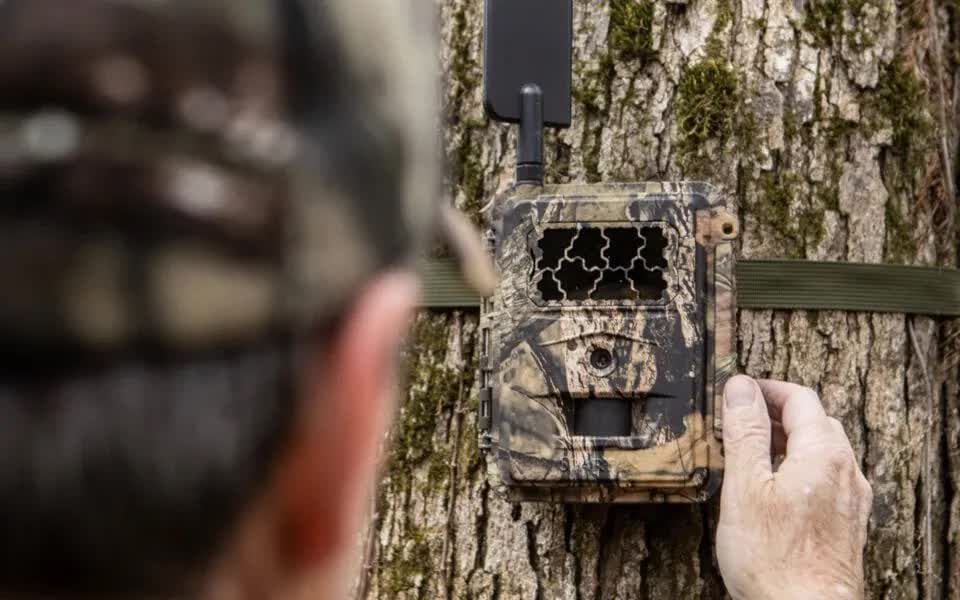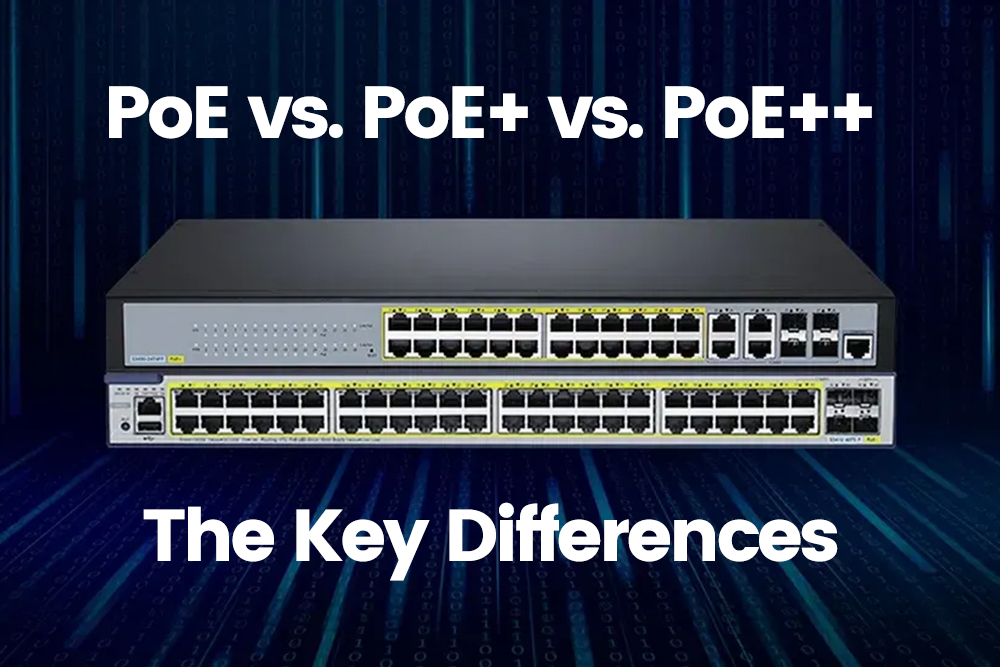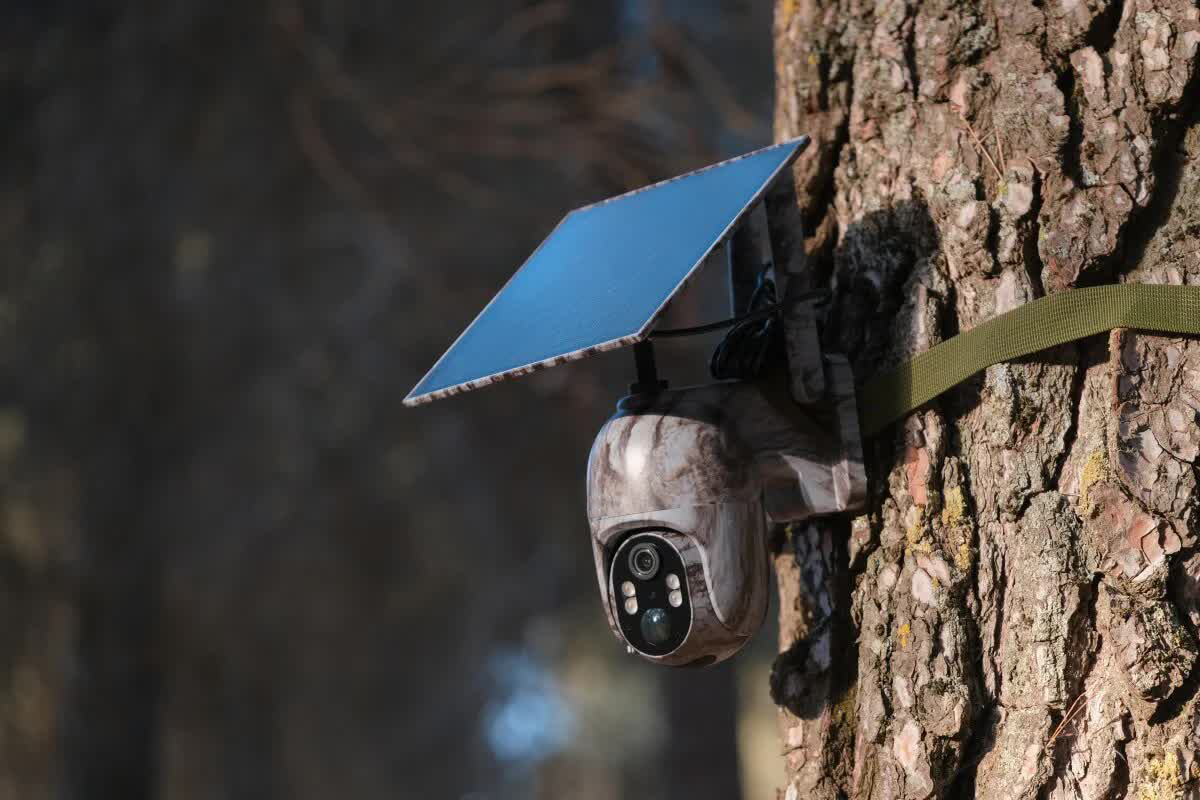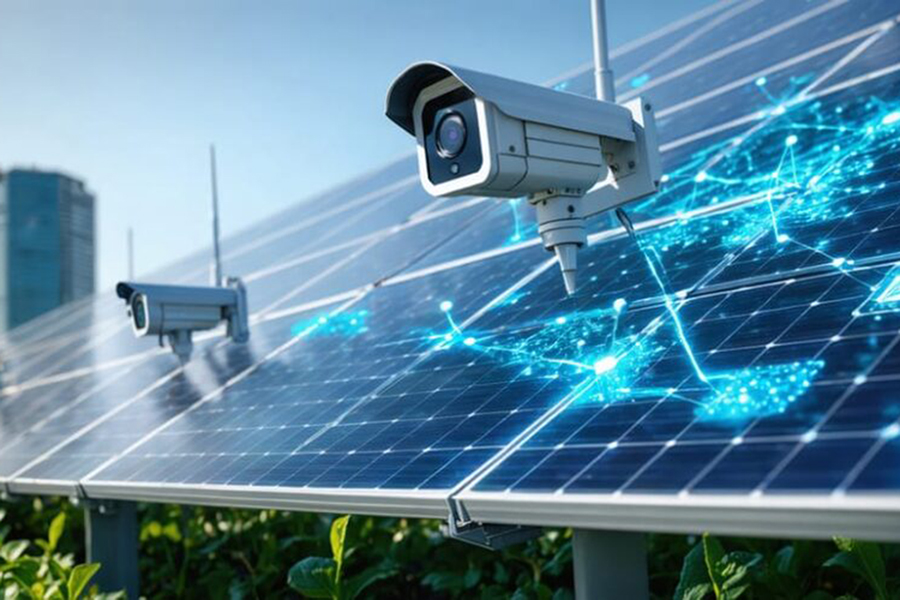How To Pick The Right Solar Cellular Camera
How To Pick The Right Solar Cellular Camera
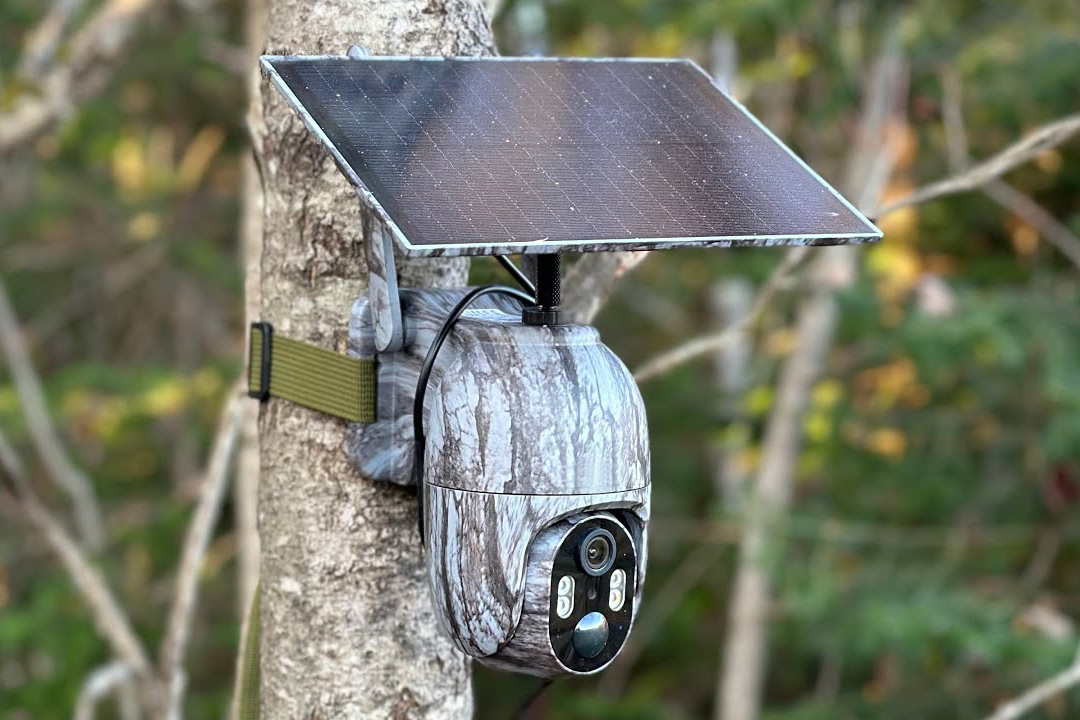
Solar-powered cellular cameras are becoming widely used. These cameras provide reliable surveillance & remote monitoring. Their popularity grows as people seek eco-friendly, energy-saving technology. Solar-powered cellular models offer a green alternative. They maintain high performance without sacrificing features.
With many choices on the market, picking the right solar cellular camera matters. Each model fits different needs. Selecting the best one ensures it works well for you. This guide explores key factors to consider before making a decision.
Understanding Solar Cellular Cameras
Many types of cellular cameras can use solar energy. However, solar-powered ones mainly belong to three categories.
Solar 4G Cellular Cameras
These cameras have built-in 4G SIM cards. They send data using cellular networks. No need for WiFi at the location.
Key Benefits
- No issues with WiFi range limits in open areas
- Remote access possible wherever mobile networks exist
- Live footage streaming remains stable
- Instant alerts sent when motion is detected
- Works well even in far-off places
Where They Work Best
Solar 4G cameras suit large rural farms, forested lands & hiking trails. They are also useful at construction zones, highways & border regions. Any remote area without WiFi can benefit from these cameras.
Essential Factors to Consider for Solar Camera Choice
When evaluating various solar-powered cellular cameras, focus on these key aspects to find the best match.
1. Sufficient Solar Power Supply
Solar panel wattage affects how efficiently the camera charges & how long the backup battery lasts. Take into account sunlight levels in the location & the camera's energy consumption at peak usage.
Key Considerations:
- Average solar radiation in the area
- Camera's power draw in both active & standby states
- Weather patterns such as cloudy or rainy days
- Battery type – Li-ion batteries last longer
Opt for larger capacity batteries & panels if environmental factors or usage needs require it.
2. Connection Method
4G Cellular Network
Pick cameras with data plans from trustworthy network providers in the region.
Key Considerations:
- Availability of 4G signal at the camera site
- Data plans from different service providers
3. Surveillance Features
Video Quality
- Higher resolution & superior sensors improve image sharpness, making details like license plates & faces clearer
- Full HD (1080p) or Ultra HD (4K/5K) options
- Good low-light performance
- Wide dynamic range (WDR) for better contrast
- Optical zoom support
Additional Features
- Customizable motion zones
- AI-powered detection for humans & vehicles
- Infrared or color night vision
- Weatherproof design (IP66 rating or higher)
- Built-in two-way audio
TIP: Higher resolution & extra features drain the battery faster. Balance performance with power efficiency.
Selecting Solar Cameras Based on Installation Site
Planning properly & considering site conditions are essential for setting up outdoor solar cameras effectively.
Installation Convenience
- Setup Ease: Compare DIY-friendly options with larger systems that might need professional help.
- Adjustability: Look at magnetic mounts or portable stands for flexible positioning when frequent view changes are needed.
- Maintenance Access: Wall mounts provide stability but make reaching the device for servicing harder.
- Support: Choose brands that offer solid warranties & customer assistance for hardware concerns.
Environmental Considerations
- Weather Conditions: High temperatures, humidity & extreme climates affect durability. Ensure weatherproofing (IP66/IP67 ratings) to withstand local conditions.
- Physical Location: Evaluate mount angles, height & stability to ensure optimal solar exposure, deterrence & field of vision.
- Power Reliability: Areas with prolonged winter or cloud cover require larger batteries & solar panels.
- Security Threats: Risk of vandalism or theft may call for reinforced casings to prevent damage.
Best Strategies for Optimal Solar Camera Performance
Follow these guidelines to maximize efficiency.
Proper Camera Placement
- Solar Panel Direction: Adjust panels to capture maximum sunlight, ideally facing the sun during peak noon hours.
- Camera View: Position the camera to cover entry points & likely intrusion paths.
- Height & Angle: Secure cameras at proper heights, such as poles or walls, with correct tilt for a clear, unobstructed view.
Ongoing System Maintenance
- Battery Health: Monitor charging cycles & replace aging batteries to prevent reduced backup duration.
- Physical Upkeep: Regularly clean solar panels to remove dust or dirt. Inspect casings & wires for damage.
- Software Updates: Keep firmware updated to enhance performance & protect against new cyber threats.
- Easy Access: Ensure installations allow for simple maintenance without needing frequent professional assistance.
Reviewing Top Solar Surveillance Camera Models
70MAX specializes in high-performance solar-powered cameras designed for diverse environments. Below are recommended models for different applications:
Top Solar-Powered WiFi Cameras
- 70MAX 2K HD Outdoor Network Camera
- 2K Ultra HD Video Quality
- Instant Motion-Triggered Alerts
- Night Vision for Low-Light Areas
- Two-Way Audio for Remote Communication
- Easy App & WiFi Integration
- Compact & Sleek Solar Panel Design
With strong performance & user-friendly controls, this model is ideal for homes, retail stores, small offices & similar setups.
Top Solar 4G Cellular Cameras
- 70MAX 4G Solar Cellular Camera 4K
- 4K Ultra HD Video Recording
- Powerful 20X Optical Zoom for Detailed Views
- Optimized 4G Network Transmission
- Rugged, Weatherproof Housing
- Extended Coverage for Large Outdoor Areas
- Advanced Software for Seamless Monitoring
This robust model ensures top-tier cellular surveillance for farms, forests & remote locations without WiFi access, leveraging solar power efficiently.
Choosing the right solar-powered camera requires assessing video monitoring needs, installation conditions & vendor reliability.
We hope this guide provides deep insights into key factors like power efficiency, technology options, placement challenges & environmental conditions when selecting solar cellular cameras.
For expert assistance, reach out to 70MAX’s professional team. They offer personalized advice to help you find the best solar-powered camera for your needs. With a broad catalog of over 50 innovative models, they can recommend the perfect solution tailored to any cellular surveillance requirement using sustainable solar energy.
